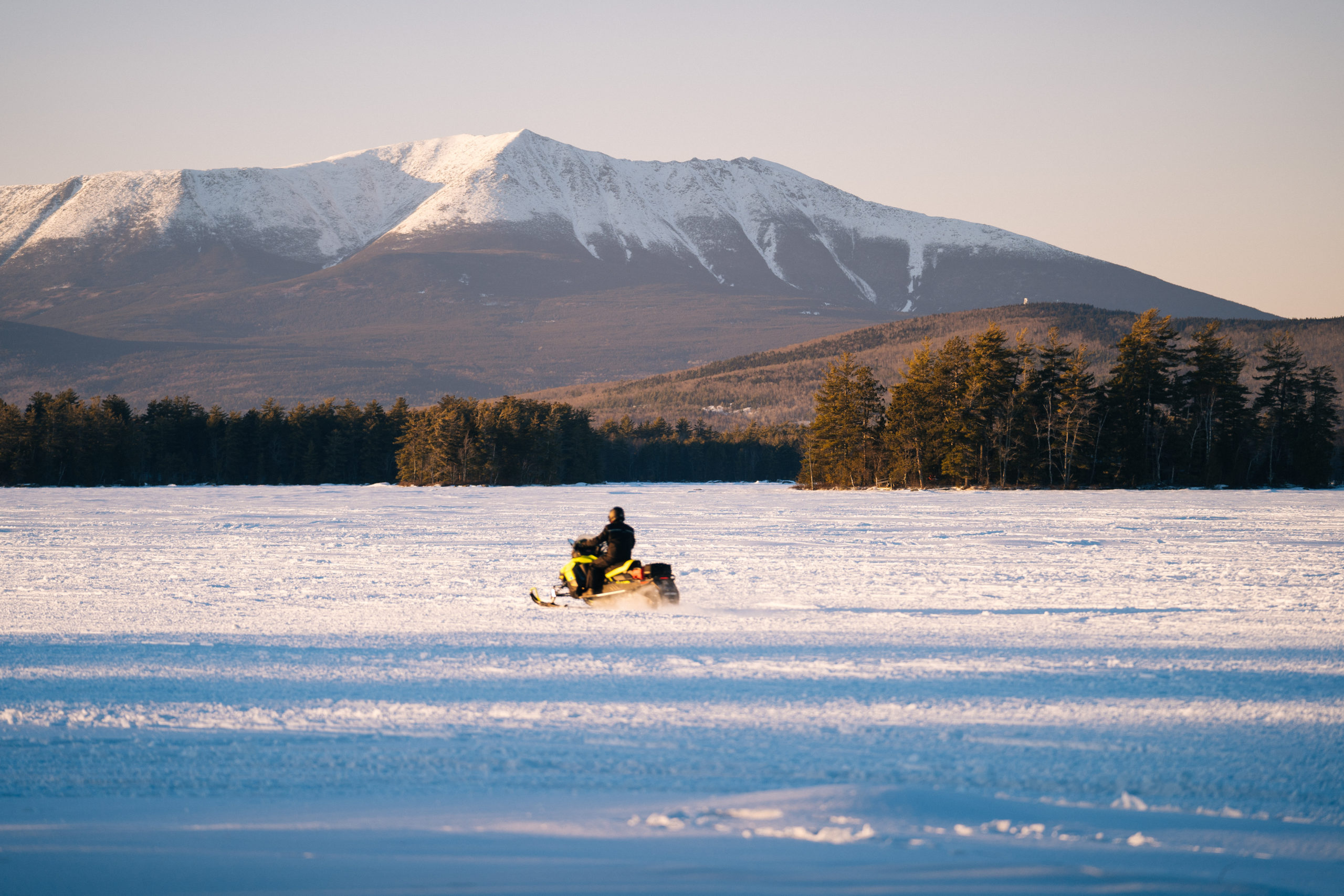

Whether you plan to venture onto frozen water to fish or skate, snowmobile or snowshoe, here are some important tips and advice for staying safe on the ice this winter.

Cleats: Ice cleats attach to your boot soles and feature metal teeth that provide traction on slippery ice and help prevent falls.
Chisel: An ice chisel, or spud, is a long-handled blade with a point on one side. You can use the chisel to punch a hole through the ice before you take a step to check its thickness.
Picks: Ice picks come in pairs and should be worn around your neck to keep them within easy reach. If you fall through the ice, the picks can help you pull yourself out of the water.
Rope: Carry a floating rescue rope and keep it readily accessible while traversing ice. If someone in your party falls through, you may be able to assist by throwing them the rope from a safe distance. If you’re the one who falls through, you can throw one end of the rope to a rescuer.
PLB: A personal locator beacon can be activated if you break through the ice and be used to summon rescuers.
Life jacket: Consider wearing an inflatable life jacket, especially if you are unsure of ice conditions.
Whistle: Pack a whistle and keep it accessible to signal for help.
The guidelines below are for clear, blue ice on lakes and ponds. White ice or snow ice is only about half as strong as new clear ice and can be very treacherous. Use an ice chisel, auger, or cordless drill to make a hole in the ice and determine its thickness and condition. Bring a tape measure to check ice thickness at regular intervals.
|
Ice Thickness (inches) |
Permissible Load (on new clear/blue ice on lakes or ponds) |
|
2″ or less |
STAY OFF! |
|
4″ |
Ice fishing or other activities on foot |
|
5″ |
Snowmobile or ATV |
|
8″–12″ |
Car or small pickup truck |
|
12″–15″ |
Medium truck |
